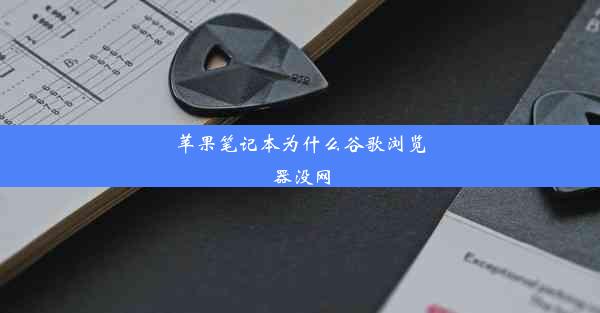谷歌英文怎么写

Understanding the Purpose of Your Article
Writing an article for Google requires a clear understanding of the purpose behind it. Before you start, ask yourself what you want to achieve with your article. Is it to inform, entertain, or persuade? Knowing your goal will help guide the content and structure of your article.
Conducting Thorough Research
Research is the cornerstone of a well-written article. Use Google to find credible sources, statistics, and expert opinions that support your argument or topic. Cite your sources properly to enhance the credibility of your article. Remember to check for the latest information to ensure your article is up-to-date.
Choosing the Right Keywords
To improve the visibility of your article on Google, it's crucial to use relevant keywords. Use tools like Google Keyword Planner to identify popular search terms related to your topic. Incorporate these keywords naturally into your article's title, headings, and body text. However, avoid keyword stuffing, as it can negatively impact your article's readability and SEO.
Creating an Engaging Title
The title is the first thing readers see, so it needs to be catchy and informative. Use keywords in your title to improve search engine rankings, but also make sure it's engaging enough to encourage clicks. Follow a formula like How to [Keyword] in [Year] or The Ultimate Guide to [Keyword] to create a compelling title.
Structuring Your Article
A well-structured article is easier to read and understand. Start with an introduction that outlines the topic and provides a brief overview. Follow with several main sections, each addressing a different aspect of your topic. Use headings and subheadings to break up the text and make it more digestible. Conclude with a summary of the key points and a call to action if applicable.
Writing Compelling Content
The body of your article should be engaging and informative. Use a mix of paragraphs, bullet points, and lists to keep the reader interested. Include examples, anecdotes, and case studies to illustrate your points. Write in a clear, concise, and active voice to make your content more readable.
Incorporating Visual Elements
Visual elements like images, infographics, and videos can make your article more engaging and shareable. Use high-quality images that are relevant to your topic. Ensure you have the rights to use these images or create your own. Infographics and videos can help explain complex concepts and keep readers engaged.
Optimizing for SEO
While writing your article, keep SEO in mind. In addition to using relevant keywords, ensure your article has a meta description that summarizes the content. Use alt text for images to improve accessibility and SEO. Consider the user experience by making your article mobile-friendly and fast-loading. Regularly check your article's performance using Google Analytics and adjust your strategy as needed.












